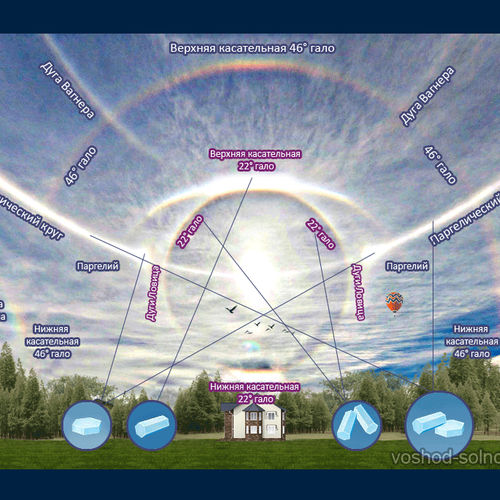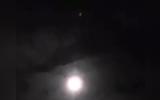| ID | #1578998241 |
| Added | Tue, 14/01/2020 |
| Author | July N. |
| Sources | |
| Phenomena | |
| Status | Hypothesis
|
Initial data
Mysterious lights spotted by the residents of Krasnodar in the night sky. Videos of the glowing lights was filmed over the Park of the Galician.
- Damn! They still flew, - wrote the author of the video in the telegram-channel "TTY Krasnodar".
In social networks, local residents have suggested that the mysterious lights, and UFOs.
- Well, it's okay just to Krasnodar arrived aliens in the sea, but a little late for the season, - write to the Network.
- 3-January was the same, but a different shape. That was a week ago and now again - misleading the residents.
Translated by «Yandex.Translator»
Hypotheses
Halo

Halo usually appears around the Sun or moon, sometimes around other powerful light sources such as street lights. There are many types of halos, but they are mostly caused by ice crystals in Cirrus clouds at a height of 5-10 km in the upper troposphere. The form of the observed halo depends on the shape and arrangement of crystals. Reflected and refracted by the ice crystals, the light often turns into a spectrum, which makes halo look like a rainbow, but a halo in low light has a low chroma, which is associated with the peculiarities of twilight vision.
Ice needles

Solid precipitation in the form of fine ice crystals floating in the air, resulting in cold weather (air temperature below -10...-15°). Day sparkle in the light of the sun, at night in the moonlight or by the light of lanterns. Often ice needles form at night beautiful glowing "pillars", coming from the lanterns up in the sky.
Occur most often during clear or cloudy the sky, sometimes fall from cirrostratus or Cirrus clouds.
Re-reflections in lens lenses from a strong light source

The lens consists of a set of lenses (in some lenses - of mirrors), designed for mutual compensation of aberrations and assembled into a single system.
From the contour light (bright light sources behind the subject or next to it), caught in the frame or located outside the frame, parasitic reflections from the internal elements of the lens are formed, called glare (or in slang "hares").
Investigation
Resume
Similar facts
Log in or register to post comments





